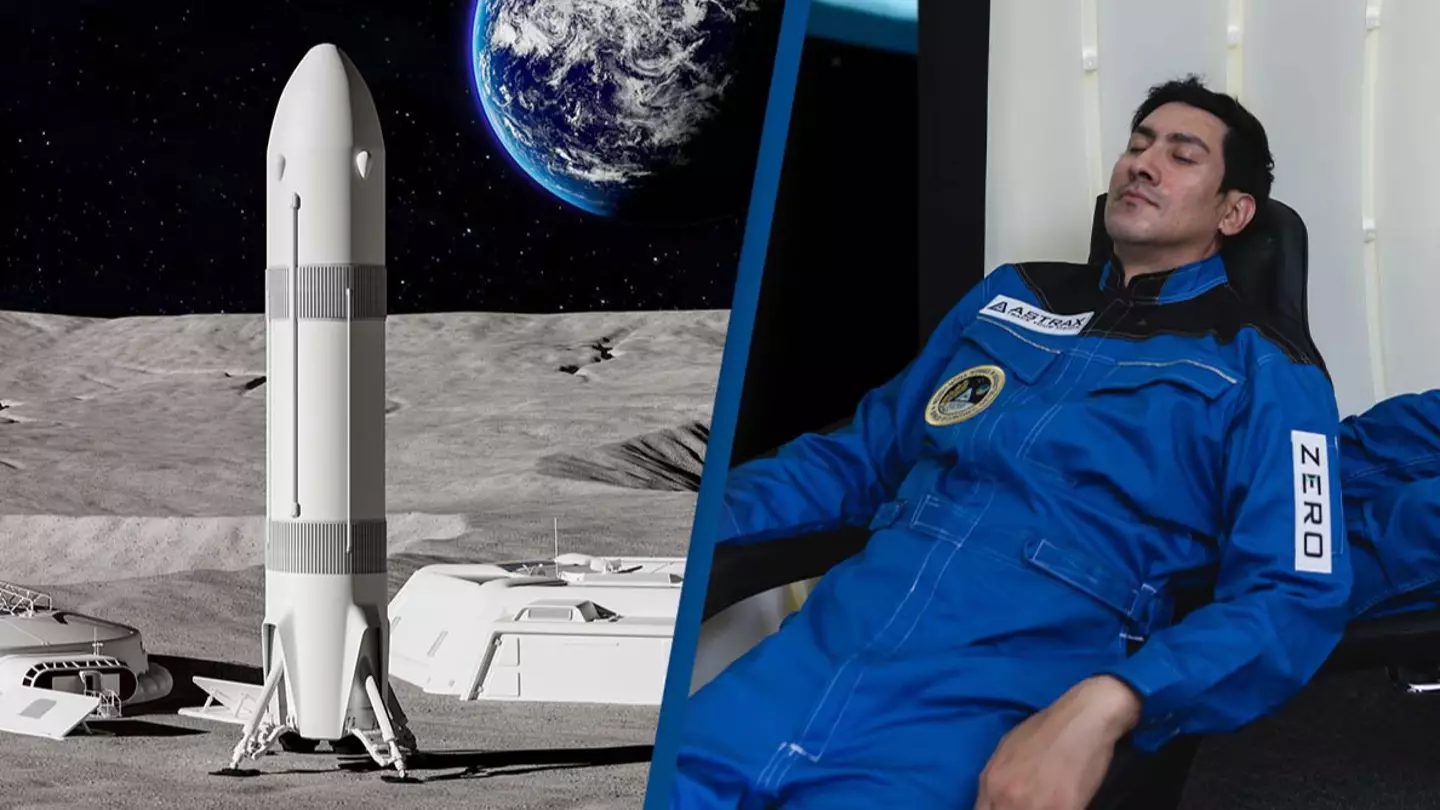An interstellar project hopes to use light to rapidly decrease how long it takes to travel across the vastness of space

Activating light speed to travel across the vastness of space and visit other worlds might be a lot closer than you might think.
If you have seen any kind of good sci-fi film, there tends to be some mumbo-jumbo line on how the adventurers are able to travel billions of light years in an instant.
From light speed to warp speed, heroes would explain some pseudo-scientific method of transportation and off we go.
But according to one expert, ‘what is science fiction today can become reality tomorrow’.
Speaking to UNILAD, British space scientist Dame Dr Maggie Aderin-Pocock opened up about a project in the works which aims to cut down space travel times down drastically.
When you think of something being millions of light years away, it seems so far it’s hard to comprehend – especially when it already feels like an age just to get home during the rush hour commute.
Dr Aderin-Pocock admitted: “As a child I loved space, and when I’d watch Star Trek and in it is warp factor 9 and off [you go]. That is what I wanted.
“But we are very limited in terms of our capability of travel. But there is a project going on in the States called Breakthrough Starshot Initiative.”
According to those behind the project, the ultimate goal ‘is light-powered space travel at a significant fraction of light speed’.
Sign me right up.
The initiative claims we could soon travel at speeds of up to 100 million miles an hour, meaning we’ll pretty much look at our current advanced rockets the same way we look at an old donkey and cart: antiquated and inefficient.

Dr Aderin-Pocock explained how the project will work and thankfully dumbed it down for all of us non-genius level physicists in the room (even my B-grade physics self can understand it).
She said: “What Breakthrough Starshot does, is it uses something called a solar sail but rather than using air [we use light].
“Light is made up of photons, and these photons hit the solar sail, and they accelerate the solar sail through space.
“Instead, they don’t want to use light from the Sun, they want to use lasers.”
See, we really are stepping into science fiction territory now.
“They shoot their photons up into space, they hit the solar sail. And theoretically, we can accelerate the solar sail to about a fifth of the speed of light,” Dr Aderin-Pocock continued.

“If we could do this, the journey from our solar system to the next door neighboring solar system at 40 trillion kilometres, that journey usually, with current technology, actually will take 76,000 years, which is a fair bit.
“But if we can use this solar cell technology, we’d be able to do it in just 20-30 years.”
But before you start packing your bags and practicing your Klingon, the space scientist said the probe must be incredibly small and light.
So, we are more likely to send photos and images back to Earth, sort of like a cosmic viewing of a potential new home. Better than nothing I’d say.
Dr Aderin-Pocock hopes the next generation of young minds will be able to make these futuristic space travel plans a reality but insisted they need support to do this.

As well as regularly speaking in schools to inspire youngsters, she is also a judge for the National Trust’s Time + Space Award which will see four 16-25-year-olds get a £5,000 package as well as time, space, and support to explore some of their big questions and ideas.
Who knows, maybe with more schemes like this we can mold the next generation to help us find the best way to travel into deep space and ultimately live long and prosper on other planets.





